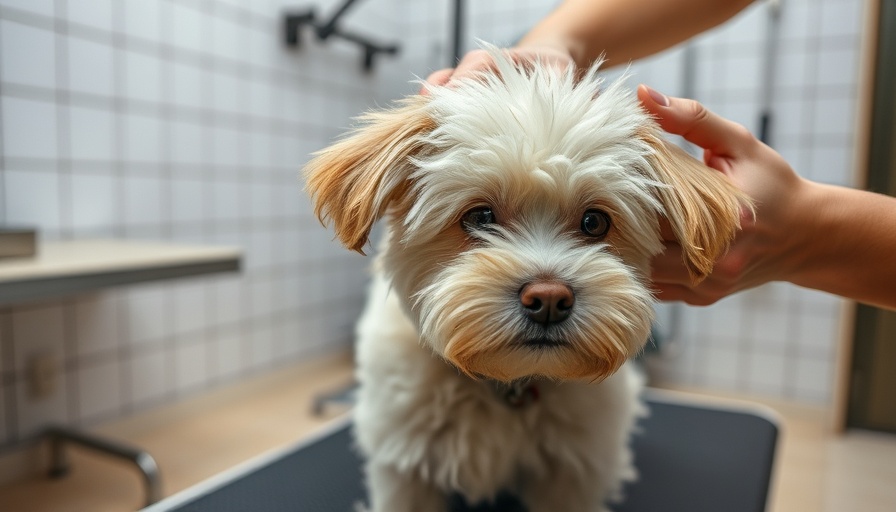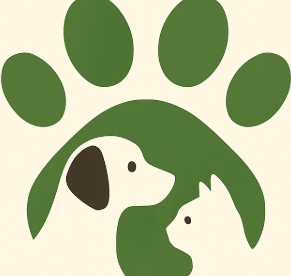
Mastering Dog Grooming: A Guide to a Stress-Free Experience
Dog grooming can be both a delightful and challenging experience, especially when working with anxious dogs like Kobe, a Pom/Shih Tzu mix. As pet lovers, we understand that our furry friends can experience anxiety during grooming sessions, leading to a tug-of-war between keeping them calm and getting the grooming done. With the right techniques and tips, you can create a more peaceful environment for both you and your pup, ensuring a successful grooming process.
In the video titled 'Trimming a very anxious dog's face with scissors', the discussion dives into the challenges of grooming anxious dogs, exploring key insights that sparked deeper analysis on our end.
Establishing a Routine
Like any other task, grooming is about consistency. Establishing a grooming routine can help your dog become familiar with and expect the process, reducing anxiety. Take time to introduce your grooming tools slowly before actually starting. For instance, you can show them the scissors or comb, letting them sniff and understand they aren't harmful. Over time, groom your dog in a quiet space where they feel comfortable. This routine helps them associate grooming with safety and care.
Choosing the Right Tools
Using the right tools can make all the difference when grooming an anxious dog. Opt for rounded scissors to minimize the risk of accidental cuts; these are particularly valuable for trimming delicate areas like the face and paws. Moreover, investing in quality brushes that cater to your dog’s coat type can make the grooming session smoother and more enjoyable. A slicker brush, for example, is great for fluffing and removing dead hair from poodle mixes like Kobe.
Creating a Calm Environment
Reducing anxiety starts with the environment. Ensure the space is calm and quiet; you might even play soft music to soothe your dog. Begin with gentle touches and speak in a soothing voice. Offering treats or praise when your dog behaves well during grooming can create positive associations, turning what was once a stressful event into a bonding experience.
Understanding Dog Body Language
Recognizing your dog’s body language is crucial when grooming an anxious pet. Signs of nervousness might include pacing, panting, or trying to escape the grooming area. Understanding these cues allows you to adapt your approach. If your dog seems overly stressed, take a break, use a calming spray, or give them a little downtime before continuing. The aim is to ensure grooming stays a pleasant experience and not a forced one.
In the video titled Trimming a very anxious dog's face with scissors, we witness a heartfelt interaction as the groomer carefully handles the anxious Kobe. This clip highlights the importance of patience and caution, offering valuable insights into the unique challenges faced when grooming dogs that may not be as enthusiastic about the process.
After Grooming: Post-Care Matters
After a grooming session, provide comfort to your furry friend. A little cuddle time, alongside their favorite toy or treat, will help reinforce positive feelings about grooming. Regular grooming not only keeps your pet looking good but also leads to better health through skin care and prevents matting in their fur. Plus, regular grooming is a beneficial bonding time.
Final Thoughts
In the end, grooming an anxious dog like Kobe is all about patience, understanding, and creating positive associations with the grooming process. By implementing these dog grooming tips, you'll be well on your way to grooming success, making it a joy for both you and your beloved dog. Remember, every dog is unique, so be gentle and flexible in your approach. Happy grooming!
 Add Row
Add Row  Add
Add 




 Add Row
Add Row  Add
Add 

Write A Comment